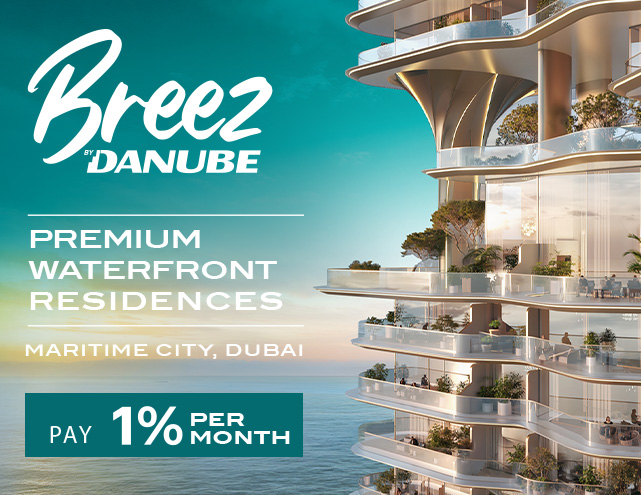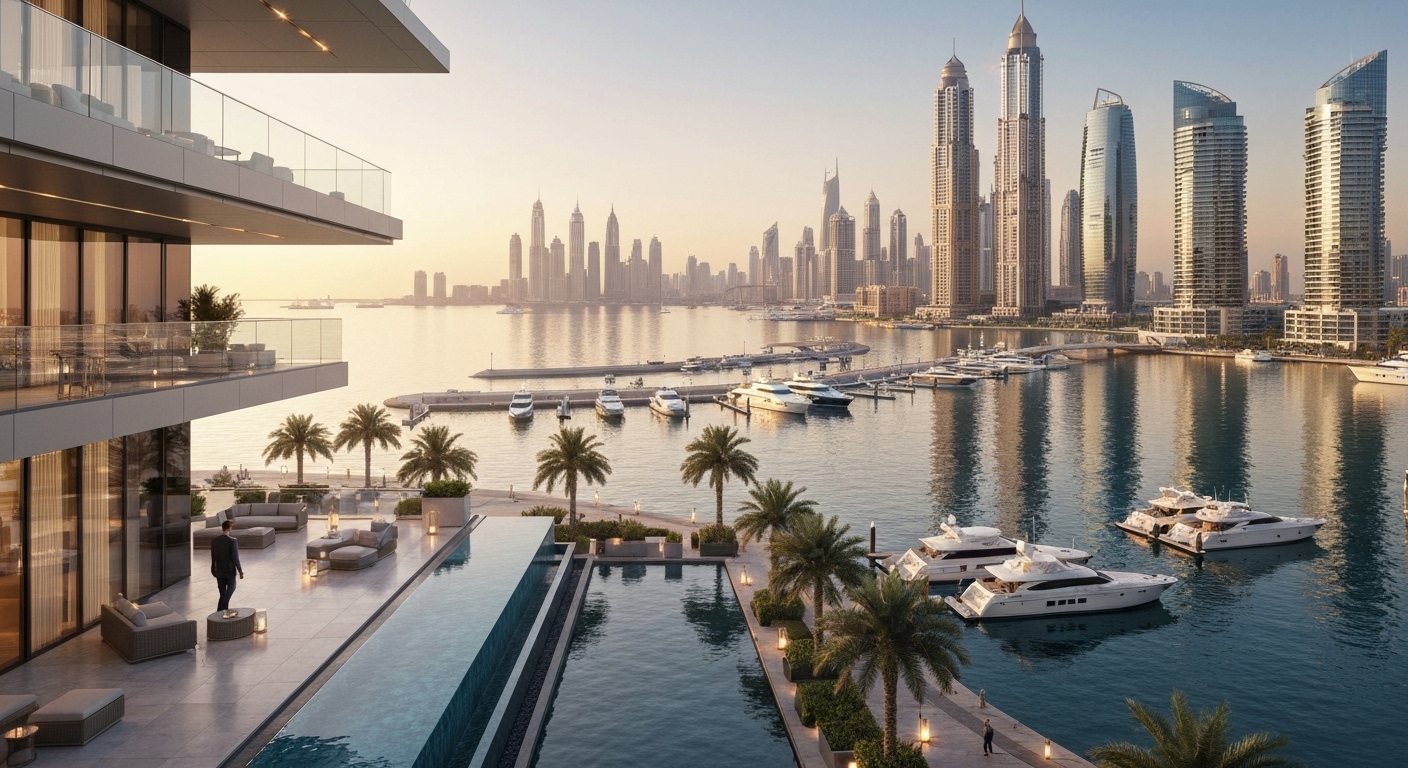Dubai’s off-plan property market remains a magnet for investors asking: Which Dubai areas offer the best ROI for off-plan property in 2025? This article distills the latest data and expert outlooks to highlight the neighborhoods with the strongest returns, clarify what ROI means, and provide strategic guidance for making the most of Dubai’s dynamic real estate sector in the year ahead.
What is Return on Investment (ROI)? The Basics Explained
Return on Investment (ROI) is the benchmark metric for assessing the performance of real estate investments. In property, ROI typically measures how much profit or return an investor earns relative to the initial investment. For off-plan properties in Dubai, ROI calculations often factor in purchase price, expected rental income, and potential capital appreciation upon completion or resale.
High ROI signals that a chosen property or area can yield substantial returns, either through rising value or consistent rental income. According to Marrfa, anticipated rental yields in Dubai for 2025 typically range from 6% to 9%, outpacing global peers such as London or New York. Premium locations, waterfront communities, and branded residences tend to push ROI to the higher end of this range.
Factors Influencing Real Estate ROI in Dubai and Beyond
Several elements shape investment returns across Dubai’s diverse off-plan landscape:
1. Location, Location, Location
Location remains the cornerstone of successful real estate investment. Data from Zawya shows a 21.4% year-on-year increase in apartment prices, with off-plan sales dominating activity in Jumeirah Village Circle, Business Bay, Dubai Production City, and Dubai South.
2. Amenities and Developer Reputation
Luxury towers, waterfront projects (including Dubai Harbour, Palm Jebel Ali, and Dubai Islands), and residences with extensive amenities consistently show higher average appreciation rates of 14–21% annually for off-plan investments.
3. Supply Pipeline and Area Maturity
Inland districts with significant new supply—such as Jumeirah Village Circle (JVC) and Dubai South—typically experience slower growth, with appreciation closer to 4–7%, making them more attractive to value-focused, long-term investors.
4. Financing Options and Market Demand
Regulatory changes from the UAE Central Bank now allow buyers to finance up to 50% of an off-plan property’s value before its completion—up from the previous 20% cap. This has unlocked more demand, especially for prime developments, and is expected to influence ROI for investors entering the market in 2025.
Example: Comparing Waterfront vs. Inland District ROI
Consider waterfront developments like Palm Jebel Ali or Dubai Harbour, which saw capital appreciation averaging 14–21% in recent years for off-plan buyers. According to Marrfa, some luxury off-plan villas on Palm Jumeirah appreciated by over 20% within 12 months, underlining its enduring appeal for high-net-worth investors. By comparison, more inland or emerging zones, such as JVC or Dubai South, typically returned 4–7% appreciation but often provide access to lower entry prices. For investors eyeing quick gains or premium rental yields, Dubai Harbour and other waterfront districts remain the top choices.
Conclusion
In summary, the answer to “Which Dubai areas offer the best ROI for off-plan property in 2025?” is clear: Waterfront communities such as Dubai Harbour, Palm Jebel Ali, and Dubai Islands consistently lead the way in both rental yields and capital appreciation, while core commercial zones like Business Bay hold strong appeal for steady returns. Strategic location, property type, and emerging macroeconomic policies will continue to shape ROI outcomes in Dubai’s off-plan sector.
To make informed decisions and maximize your investment return, consider working with experts who understand neighborhood-specific dynamics. Contact Danube Properties to learn more about upcoming projects and exclusive investment opportunities. For deeper insights into the broader market outlook, you may also explore the Dubai real estate forecast for the next five years.




